Cope’s corydoras - Corydoras copei
Scientific name: Corydoras copei
Common name: Cope’s corydoras
Family: Callichthyidae
Usual size in fish tanks: 3 - 5 cm (1.18 - 1.97 inch)
014
Recommended pH range: 6.4 - 7.3
Recommended water hardness: 3 - 19°N (53.57 - 339.29ppm)
0°C 32°F30°C 86°F
Recommended temperature range: 22 - 26 °C (71.6 - 78.8°F)
The way how these fish reproduce: Spawning
Where the species comes from: South America
Temperament to its own species: peaceful
Temperament toward other fish species: peaceful
Usual place in the tank: Bottom levels
Short Description
The Cope’s Corydoras (Corydoras copei) is a small and peaceful catfish species originating from South America. Known for their nocturnal habits, these bottom-dwellers thrive in planted aquariums with soft substrates and plenty of hiding spaces. They are best kept in groups and are compatible with other peaceful species.
Origin
Corydoras copei is native to South America, specifically the river basins of Peru. These habitats are characterized by soft substrates, dense vegetation, and slow-moving waters, making them ideal for this species.
Tank Requirements
A tank of at least 60 liters (15 gallons) is recommended for a small group of Cope’s Corydoras. Maintain water temperatures between 22-26°C (71.6-78.8°F), a pH range of 6.4-7.3, and water hardness of 3-19°N (53.57-339.29 ppm). Use fine sand or smooth gravel as substrate to protect their sensitive barbels. Add live plants, driftwood, and caves to provide hiding places and mimic their natural environment. Gentle water flow and regular water changes are essential for maintaining water quality.
Food and Feeding
Cope’s Corydoras are omnivorous and primarily active at night, so it is best to feed them in the evenings. Provide sinking foods such as quality catfish pellets, algae wafers, and flakes as their staple diet. Supplement with treats like bloodworms and brine shrimp twice a week to ensure optimal health and vitality.
Compatibility
These peaceful fish are excellent additions to community tanks. Suitable tankmates include small, non-aggressive species like tetras, rasboras, and dwarf gouramis. Always keep them in groups of at least five to encourage natural schooling behavior and reduce stress.
Sexing
Females are typically larger and have a stockier body shape compared to males. These differences are most noticeable when viewed from above, particularly in mature specimens.
Breeding
Breeding Corydoras copei in aquariums has not yet been documented, but they are believed to be egg scatterers in the wild. Large, cooler water changes and the presence of fine-leaved plants or spawning mops may encourage spawning behavior.
Lifespan
With proper care, Cope’s Corydoras can live for 3-5 years. Maintaining clean water, a balanced diet, and a stress-free environment contributes to their longevity.
Pictures
Bought by aqua-fish.net from jjphoto.dk.
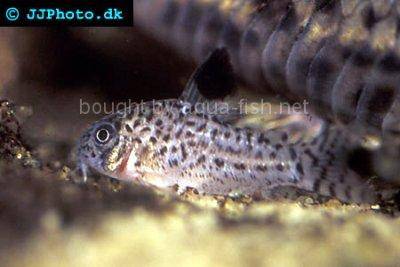



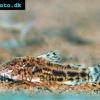 Aspidoras
Aspidoras 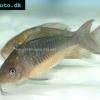 Giant
Giant 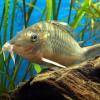 Hognosed
Hognosed 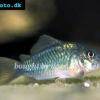 Emerald
Emerald 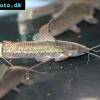 Cascarudo
Cascarudo 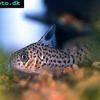 Acre
Acre 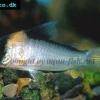 Adolfo’s
Adolfo’s 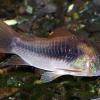 Bronze
Bronze 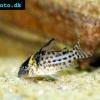 Agassizii’s
Agassizii’s 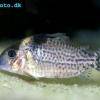 Spotted
Spotted 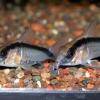 Skunk
Skunk 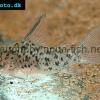 Corydoras
Corydoras 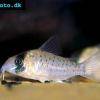 Fairy
Fairy 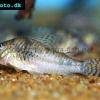 Corydoras
Corydoras 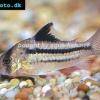 Pink
Pink 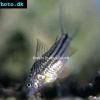 San
San 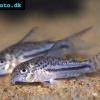 Bond’s
Bond’s  Spotted
Spotted 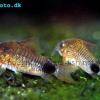 Tailspot
Tailspot 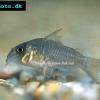 Concolor
Concolor 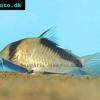 Sand’s
Sand’s 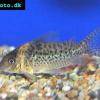 False
False 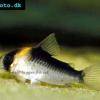 False
False 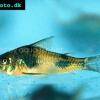 Ehrhardt’s
Ehrhardt’s 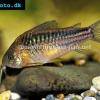 Elegant
Elegant 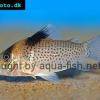 Saddle
Saddle 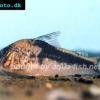 Fowler’s
Fowler’s 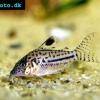 Gomezi
Gomezi 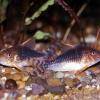 Palespotted
Palespotted 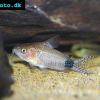 Guapore
Guapore 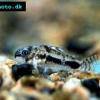 Dainty
Dainty 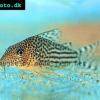 Mosaic
Mosaic 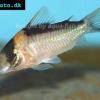 Imitator
Imitator 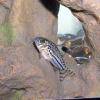 Julii
Julii 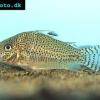 Leopard
Leopard 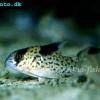 Black
Black 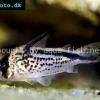 Slant-bar
Slant-bar 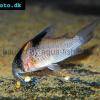 Bluespotted
Bluespotted 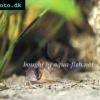 False
False 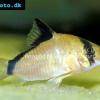 Bandit
Bandit 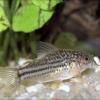 Mini
Mini 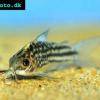 Napo
Napo 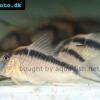 Corydoras
Corydoras 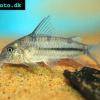 Blue
Blue 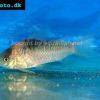 Nijssen’s
Nijssen’s 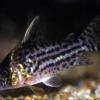 Ornate
Ornate 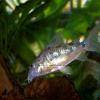 Peppered
Peppered 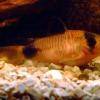 Panda
Panda 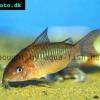 Albertini
Albertini 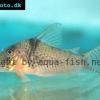 Pastaza
Pastaza 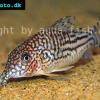 Corydoras
Corydoras 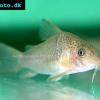 Many-spotted
Many-spotted 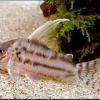 Pretty
Pretty 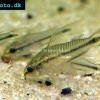 Dwarf
Dwarf 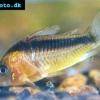 Iridescent
Iridescent  Reticulated
Reticulated 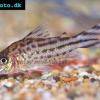 Bannertail
Bannertail 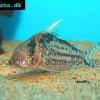 Robust
Robust 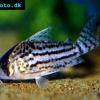 Schwartz’s
Schwartz’s 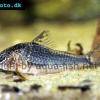 Black
Black 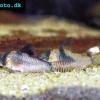 Longnosed
Longnosed 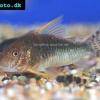 Seuss’
Seuss’ 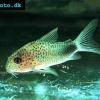 Smudge
Smudge 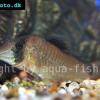 Masquerade
Masquerade 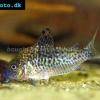 False
False 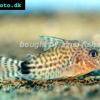 Millenium
Millenium 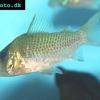 Pinkthroat
Pinkthroat 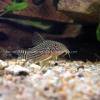 Sterba’s
Sterba’s 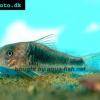 Longsnout
Longsnout 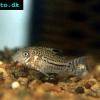 False
False 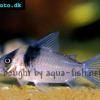 Miguelito
Miguelito 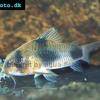 Twosaddle
Twosaddle 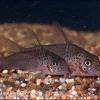 Xingu
Xingu 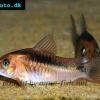 Black
Black 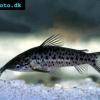 Porthole
Porthole 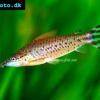 Flagtail
Flagtail 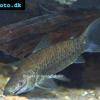 Brown
Brown 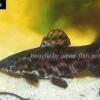 Spotted
Spotted